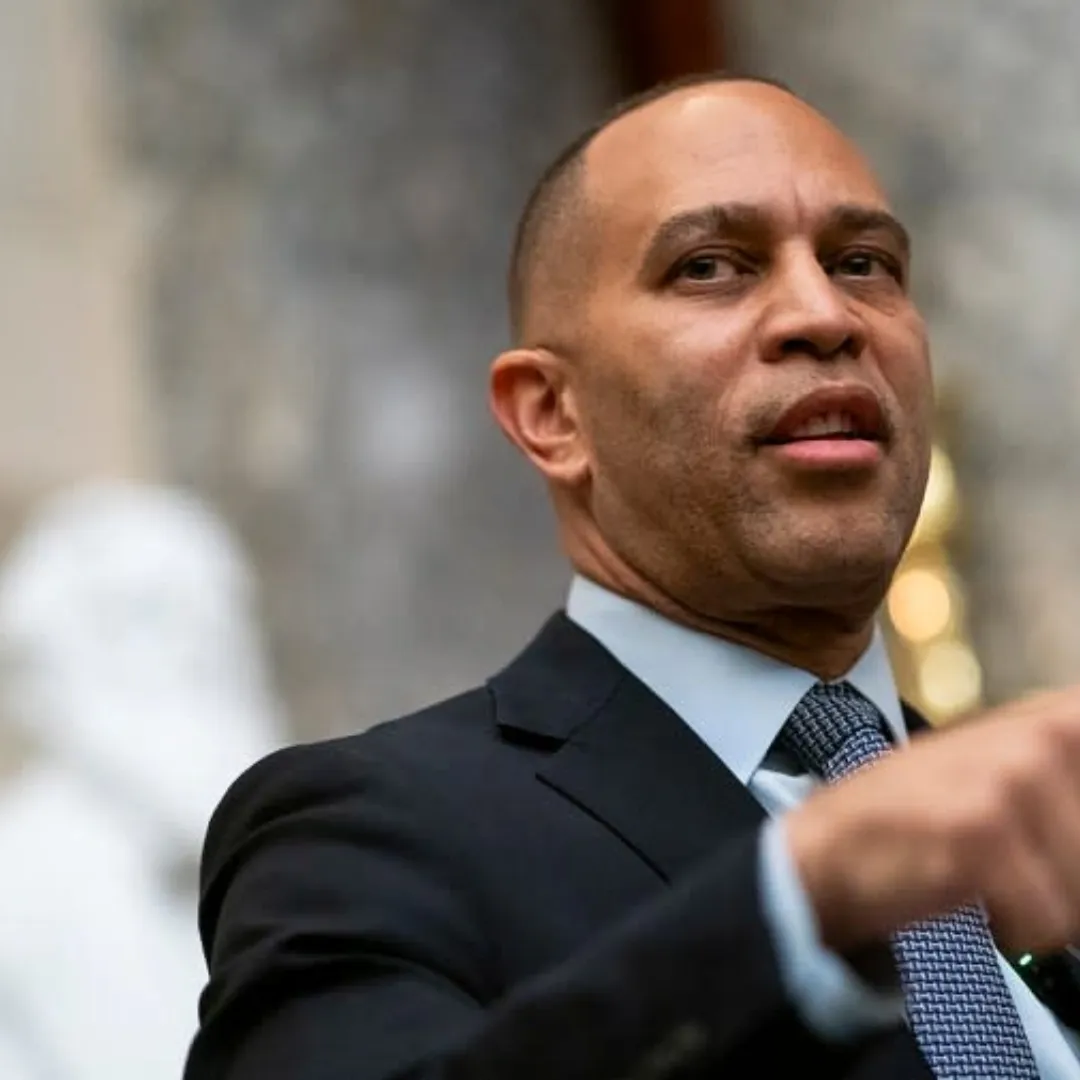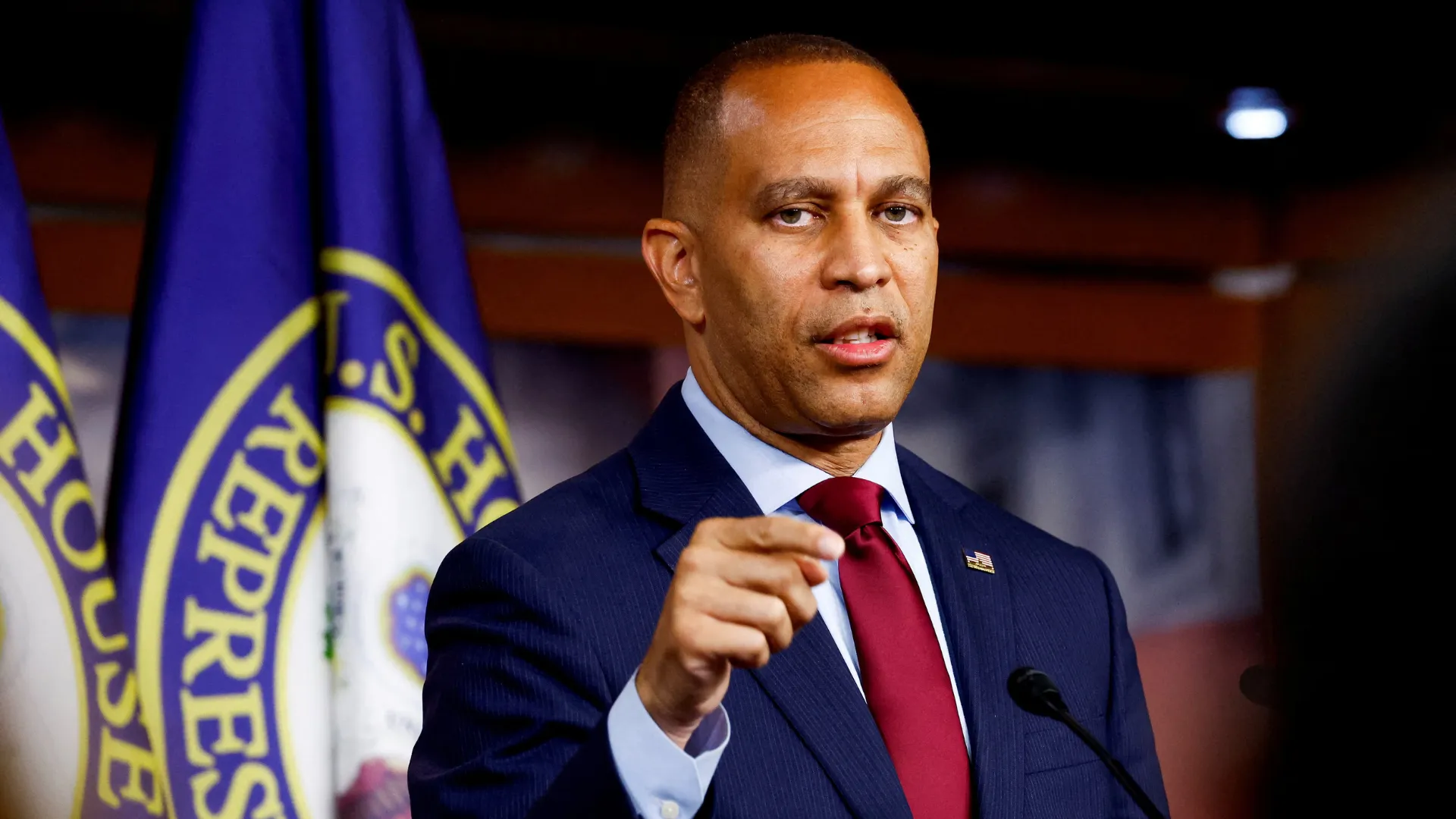A recent declaration by Homeland Security Secretary Kristi Noem has ignited significant concern among emergency management experts and public safety advocates. Her vow to “eliminate” the Federal Emergency Management Agency (FEMA) has raised red flags over the future of disaster response and recovery in the United States.
Experts warn that such a move could severely undermine the country’s ability to respond effectively to natural and human-made disasters, potentially leaving millions of Americans vulnerable.
Noem, a prominent Republican and former governor of South Dakota, made headlines this week when she stated her intention to dismantle FEMA. However, her statement lacked specific details, and she did not clarify what would replace the agency or how its responsibilities would be handled.
The Department of Homeland Security (DHS), which oversees FEMA, has not issued a public response to her comments, and FEMA officials have remained silent amid mounting concerns.
The ambiguity surrounding Noem’s comments has left emergency response experts, lawmakers, and the general public with more questions than answers. Would FEMA be disbanded entirely, or would its operations be redistributed across other government departments?
Would federal disaster funds continue to flow to impacted communities? Without clear answers, speculation is growing, as is fear about the potential consequences.
Noem’s remarks align with recent comments made by former President Donald Trump, who has also said he would consider “getting rid of FEMA” if re-elected. The former president’s executive order earlier this year called on the DHS Secretary to review and propose changes to FEMA.
The order emphasized the need for improved communication between federal, state, and local governments and suggested reforms that would give more responsibility to states in disaster response.
However, the executive order stopped short of calling for the elimination of FEMA, instead leaving room for restructuring rather than eradication. Still, the combination of Trump’s and Noem’s remarks has stirred fears that the federal government may take serious steps to significantly scale back FEMA’s scope or even remove it entirely.
Carrie Speranza, President of the USA Council of the International Association of Emergency Managers, expressed serious concern about the impact of dismantling FEMA. “If FEMA is shut down, I would be fearful for this next hurricane season and what that means for survivors,” Speranza told The Hill.
“You’re talking hundreds of thousands of people that will be impacted with very little resources to help,” she added.
Speranza and other experts have pointed out that FEMA plays a critical role before, during, and after disasters. The agency coordinates emergency response logistics, assists with evacuation plans, funds rebuilding efforts, conducts search and rescue operations, and helps local governments manage the chaos of disaster scenarios.
While many people associate FEMA with its post-disaster presence—workers in blue jackets knocking on doors and assessing damages—the agency’s work begins long before a storm ever makes landfall.
Pete Gaynor, who served as FEMA Administrator during the Trump administration, stressed the importance of FEMA’s behind-the-scenes coordination. “The first time people see people in FEMA jackets is when we start going knocking on doors to make sure that we register people so they’re eligible for individual assistance,” Gaynor said. “But we have been there from the beginning.”
He emphasized that while FEMA is not without flaws, the solution lies in reform—not elimination.
“I think we can always do a better job in the way we deliver services,” Gaynor said. “But if we’re not doing it, I’m not sure who does it, because I think the thing that we’re really good at is coordinating different agencies. FEMA is that glue that holds it all together.”
Without FEMA, Gaynor warns, the risk to communities—especially those with fewer resources or limited disaster preparedness—is immense.
“Eliminating FEMA would be fraught with great risk, especially for those states that are not well versed in responding to and recovering from disaster,” he said.
Many experts agree that FEMA, like any federal agency, can and should evolve. Gaynor himself supports reforms such as a streamlined long-term recovery system, as well as financial incentives for states to better manage their disaster budgets.
For instance, states might be required to cover costs that exceed federally approved limits, which could encourage more prudent spending and planning.
However, those same experts caution that eliminating FEMA outright would be a dangerous overreach—one that could leave states scrambling to replicate a national infrastructure that took decades to develop.
“If you don’t have a coordinated mechanism,” Speranza noted, “then it’s going to take longer, and people are going to be perishing more. This is truly a life-or-death situation,” she said, specifically referencing critical search-and-rescue missions.
Despite the rhetoric, completely dissolving FEMA is not a simple administrative task. The agency was formally established as a distinct entity by the Post-Katrina Emergency Management Reform Act of 2006.
As such, eliminating FEMA would require an act of Congress—something that is unlikely given current political divisions and the importance of FEMA’s services across all states, red and blue alike.
Shana Udvardy, a senior climate resilience policy analyst with the Union of Concerned Scientists, acknowledged that while FEMA cannot legally be dissolved by executive order alone, the threat remains serious.
“We should take the president at his word,” Udvardy said. “He says he wants to eliminate FEMA, and I think that’s a huge concern.”
Udvardy pointed to recent trends within the agency that suggest a “death by a thousand cuts” approach—gradual weakening through staff reductions, shifting responsibilities, and reduced funding. Even without formal abolition, such changes could hollow out FEMA’s capacity and render it ineffective.
Calls to eliminate FEMA come at a time when climate-related disasters are becoming more frequent and more intense. From massive hurricanes and devastating wildfires to catastrophic floods and severe winter storms, the U.S. is experiencing an increase in high-cost, high-casualty disasters.
In 2023 alone, the U.S. faced 28 separate billion-dollar disaster events, according to the National Oceanic and Atmospheric Administration (NOAA). As the climate crisis deepens, the role of FEMA in mitigating damage and supporting communities is more crucial than ever.
Disbanding or gutting FEMA during a period of increasing climate vulnerability, experts argue, would be not only irresponsible but potentially catastrophic.
As the 2024 election season intensifies, the future of FEMA may become a major political issue. Noem and Trump’s comments signal a broader push within certain Republican circles to decentralize disaster management and return more power to the states.
But opponents of this approach say that not all states are equally equipped to handle such responsibilities—and that a fragmented system could lead to slower response times, mismanagement, and needless suffering.
For now, FEMA continues its work, quietly preparing for the next hurricane, wildfire, or earthquake that could upend lives and communities. But with political uncertainty looming, many in the emergency management community are watching closely—and warning loudly.








